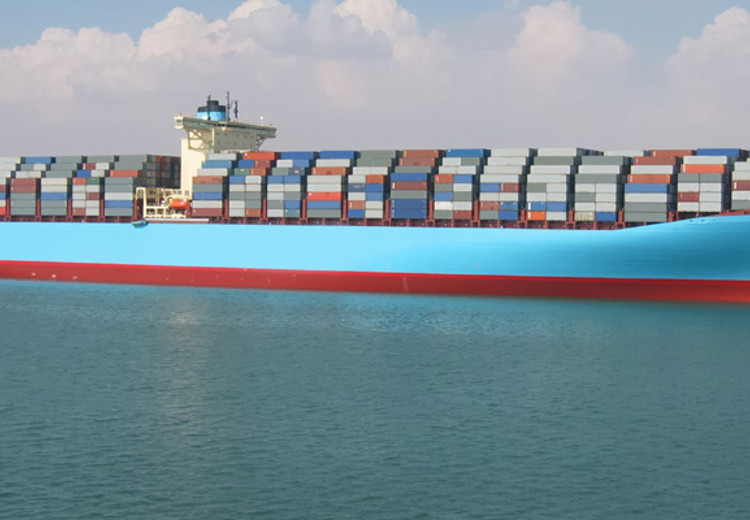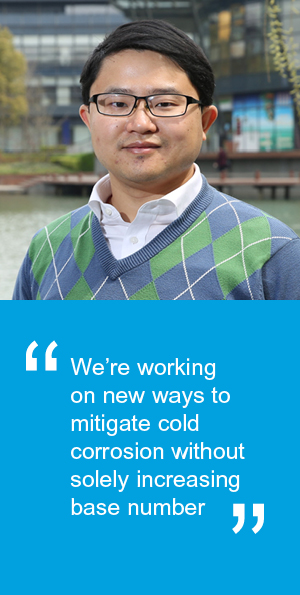Marine engines
Pioneers of maritime decarbonisation
15 May 2025
03 June 2016
Meeting the challenges of the complex global marine market

Wei Wang, Infineum Global Marine Lubricants Portfolio Manager, talks about the ways additives are being used to deliver the performance required by today’s sophisticated marine engines.

In the Infineum lubricants business we see the marine world split into two segments – ships that use trunk piston engine oils (TPEO) and those that require marine diesel cylinder lubricants (MDCL). While there are some similarities in the ships that use these lubricants, in terms of the need to reduce exhaust emissions and cut operating costs, from our perspective the two are very different.
In the TPEO world, the major issue is the shift from formulating in Group I to Group II base stocks.
In ships using TPEO, we are seeing the drive for reduced oil consumption, which means lower top up rates. However, this leads to lower lubricant refreshment rates, which clearly increases the stress on the oil.
TPEO formulations are currently being slowly pushed towards Group II from an availability standpoint rather than pulled to it by the potential benefits on offer. Many people I speak to in the industry tell me they would prefer to stay with Group I. But, with over one million tons of capacity already taken out of the market, and more rationalisation on the way, this is increasingly difficult to do. The logistic costs at blending sites, if the majority of base oil is stored in Group II or III tanks for automotive applications, should not be underestimated.
The important factor here is to ensure lubricant formulators use the right technology for the job.
The relatively lower solubility and dispersancy of Group II base stocks mean we need advanced chemistry to deliver outstanding performance.
I still see people using conventional Group I additive technology in Group II base stocks, in my opinion a much more powerful platform is now essential.
Infineum has developed a new additive system, which has been combined with our salicylate technology using Group II base stocks in a TPEO formulation. This system is designed to be smart enough to deal with the variable quality of different Group II base stocks. And, in laboratory and field testing, we have found that these products, based on Group II base stocks, deliver equal performance to their Group I counterparts.
Looking at ships that use MDCL, the two biggest drivers for change are sulphur reductions and slow steaming.
The latest sulphur emissions legislation means that on today’s large cargo and container vessels there is a requirement for different cylinder oils to handle the conditions inside and outside of emission control areas (ECAs). I think this is creating a very interesting dichotomy.
Inside ECAs, with low sulphur fuels, most operators use low base number (BN) lubricants. But, when these new super long stroke vessels slowly steam into international waters, OEMs expect lubricants to have high BN to prevent cold corrosion. These two very different requirements bring additional complexity.
In my view, we must stop and ask ourselves if high BN is the only solution because I know that many see this as a recipe for high treat rates and increased costs. I think that the move to a dual oil approach is inevitable if we are to ensure these complex systems are adequately protected throughout their entire voyage. Infineum is currently working on new ways to mitigate cold corrosion without solely increasing BN.
As the formulation of marine oils becomes increasingly complex, Infineum is getting ready to support its customers on a global level with more advanced products.
Sign up to receive monthly updates via email